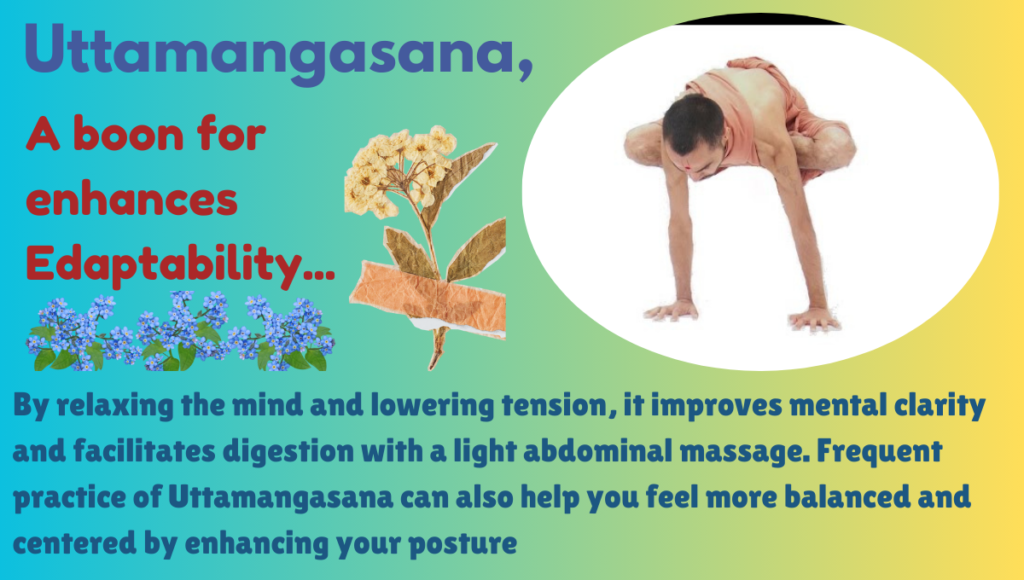Uttamangasana Benefits__
What is Uttamangasana (Head to Knee Pose) ?
- Uttamangasana, also called the Head to Knee Pose, is a potent yoga pose that enhances flexibility, balance, and a stronger connection between the mind and body.
- Inspired by Sanskrit, “Uttama” means head and “Anga” means limb; the pose literally means bringing the head towards the knee. Usually performed in seated forward bends, this asana helps to stretch the spine, hamstrings, and calves while strengthening the back and core.
- It facilitates a gentle yet potent release of tension in these areas, making it suitable for both novices and seasoned practitioners.
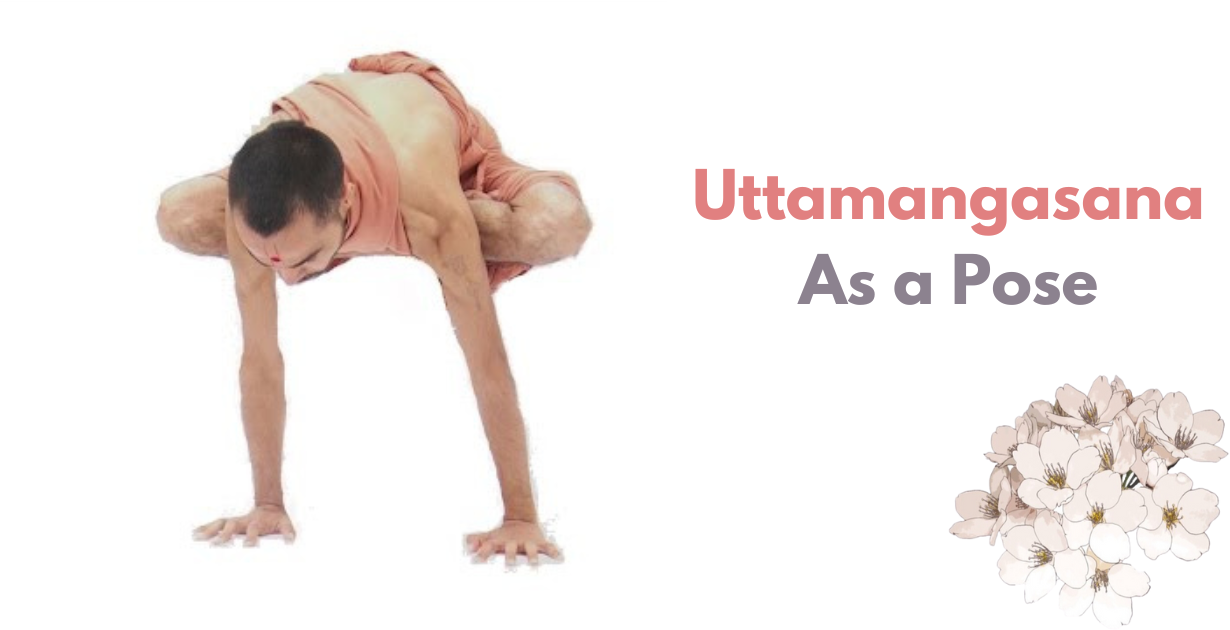
- The “Uttamangasana Benefits” go beyond improved physical posture. By concentrating the attention on deep breathing and mindfulness, it is also a relaxing pose that aids in lowering tension and anxiety.
- This pose helps you become more centered by fostering mental clarity and relaxation. It is frequently used into yoga poses to prime the body for extended poses and introspection.
- Regular practice of Uttamangasana can improve your physical and mental health, as well as your general sense of well-being. This pose has several advantages, whether your goal is to develop inner serenity, become more flexible, or better your posture.
Importance of Uttamangasana in our daily life__
- One of the most important yoga poses for enhancing mental and physical health is uttamangasana. Stretching the shoulders, hamstrings, and spine can improve flexibility overall, which is one of the key “Uttamangasana Benefits”.
- In addition to strengthening the back muscles, this posture is excellent for people who spend a lot of time sitting down, as it eases tension in the lower back.
- Uttamangasana also promotes improved digestion by stimulating the abdominal organs gently, which enhances digestion and circulation.
- This position benefits mental health by promoting mental calmness, stress reduction, and improved focus. By concentrating on deep, steady breathing, it promotes awareness and fosters a sense of calmness and groundedness.
- Enhancing balance and posture are among the “Uttamangasana Benefits”, which makes it an invaluable supplement to any yoga practice. Regular practice of this pose develops mental clarity and physical strength, which enhances general well-being.
For Whom is Uttamangasana Practice Necessary ?
- The strong forward-bending posture, or uttamangasana, is good for people who want to reduce stress and increase mental clarity.
- Because it improves blood flow to the brain and revitalizes the body and mind, it is especially important for people who suffer from tension headaches, insomnia, or exhaustion.
- Those with tight muscles or bad posture can benefit from the “Uttamangasana Benefits”, which also include increasing hamstring and spine flexibility.
- Additionally, because it relaxes the neurological system and reduces tension, this position may be crucial for those who are struggling with anxiety or despair.
- Uttamangasana provides a balanced approach to physical and mental well-being, regardless of whether you’re an athlete trying to increase your flexibility or someone who is experiencing mental stress.
Uttamangasana : A blessing for better digestion__
- Beneficial effects on digestion are just one more significant “Uttamangasana Benefits”.
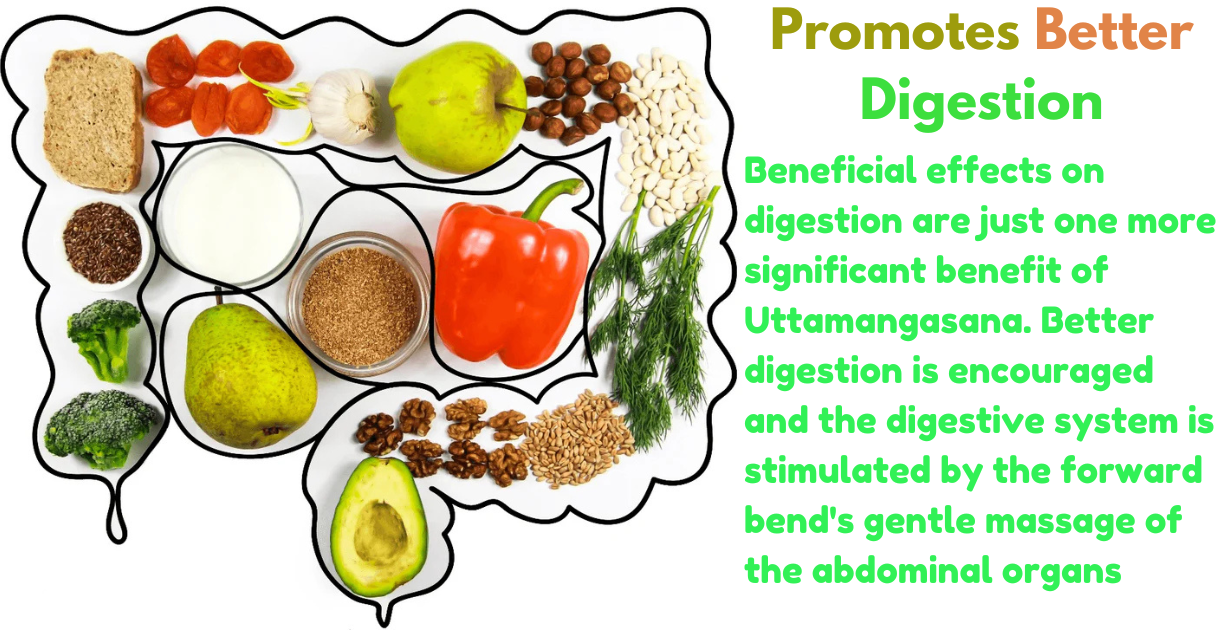
- Better digestion is encouraged and the digestive system is stimulated by the forward bend’s gentle massage of the abdominal organs.
- This is an excellent pose for enhancing general gut health because it can help relieve bloating and constipation. An efficient digestive system is beneficial to your body’s general health and vitality.
A Unique Uttamangasana Benefits: Emotional Release__
- Helping with emotional discharge is one special “Uttamangasana Benefits”. This position helps release tension in the body and promotes a deep connection with your breath as you stretch and fold forward.
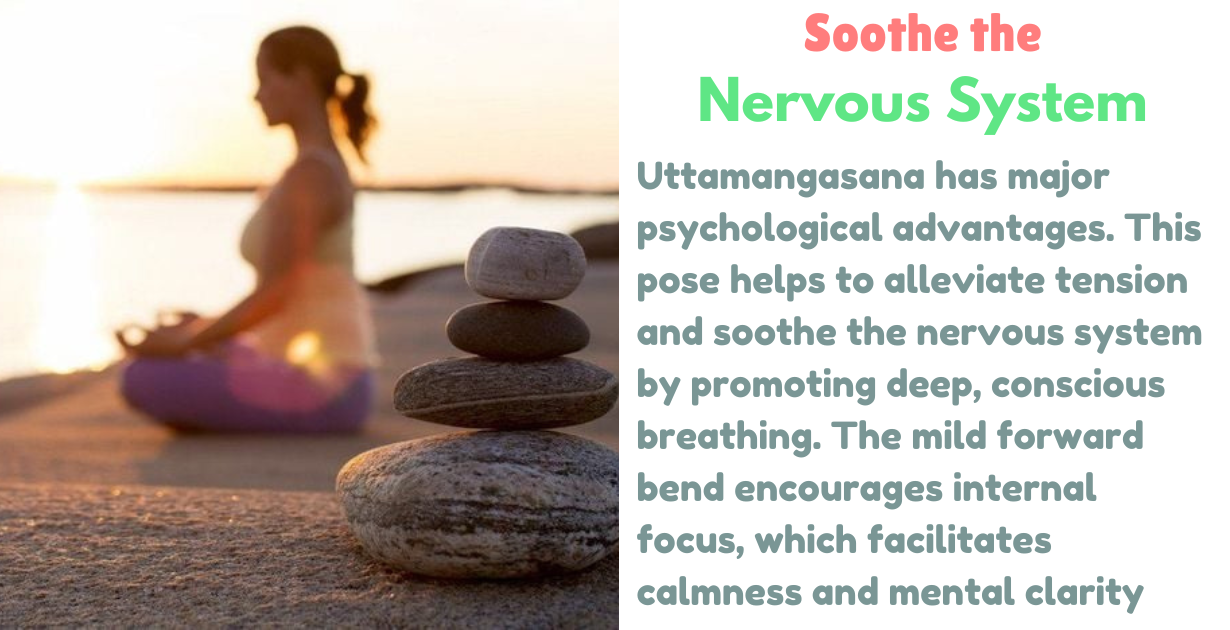
- The parasympathetic nervous system, which encourages relaxation and emotional equilibrium, is known to be stimulated by forward bends.
- Pent-up emotions such as stress, worry, and irritation can be released with the help of Uttamangasana, as it calms the nerve system.
- By promoting inner serenity and harmony, this pose helps you release emotional barriers. Frequent practice can result in an increased level of emotional stability and clarity, which makes it one of the most potent “Uttamangasana Benefits”.
How to perform Uttamangasana__
- Start by sitting on the floor with your legs extended forward to perform Uttamangasana. Keeping the opposite leg straight, bend one knee and bring the foot near your inner thigh.
- Take a big breath in, then release it as you slowly bend forward and reach for your extended foot. Avoid rounding your back and maintain a long spine.
- Pay attention to your breath as you raise your head toward your knee while holding your foot or shin. After 30 to 60 seconds, switch legs and continue in this posture.
- Among the main “Uttamangasana Benefits” are improved flexibility and balance as well as relaxation and mental clarity when practiced frequently.
Some important Precautions about Uttamangasana__
- Although Uttamangasana has several advantages, one should take specific safety measures to prevent harm. Avoid overstretching or rounding your spine if you have lower back problems since these postures might put strain on your back. Always keep your spine elongated during the pose.
- To avoid tension, people with tight hamstrings should gently bend their knees. Avoid applying too much pressure to your bent knee if you have knee issues, and think about using a yoga block or other form of support. Deep forward bends should be avoided by expectant mothers.
- The complete enjoyment of the “Uttamangasana Benefits” requires focused and properly aligned practice. Avoid pushing yourself into the pose and always pay attention to your body.
Another Most Important “Uttamangasana Benefits”__
Head to Knee Pose, also known as Uttamangasana, has numerous mental and physical health advantages. Because it improves strength, flexibility, and mental clarity, the seated forward bend is a great complement to any yoga practice. The top five “Uttamangasana Benefits” are as follows:
Enhances Adaptability
- Its capacity to greatly increase flexibility is one of the main “Uttamangasana Benefits”. This pose eases muscular tension by stretching the lower back, calves, and hamstrings.

- Your range of motion will gradually expand with regular practice, which will facilitate the execution of other yoga poses and daily tasks.
- Not only can increased flexibility improve performance when exercising, but it also lowers the chance of injury, especially in the lower back and legs.
Bolsters the core and back
- Additionally, uttamangasana strengthens your core and lower back muscles. Your back muscles contract as you bend forward to keep your balance and support your spine.
- This helps to improve posture and reduce common back pain by strengthening your back and core. To maintain good body alignment, which improves posture and lessens the pressure on your spine, you need strong core muscles.
Lowers tension and soothes the mind
- Not only does Uttamangasana have physical benefits, but it also has major psychological advantages. This pose helps to alleviate tension and soothe the nervous system by promoting deep, conscious breathing.
- The mild forward bend encourages internal focus, which facilitates calmness and mental clarity. Regularly performing this pose can help reduce anxiety and enhance mental health in general.
Enhances Balance and Posture
- Proper posture is crucial for overall body health, and one of the essential “Uttamangasana Benefits” is its ability to enhance posture and balance.
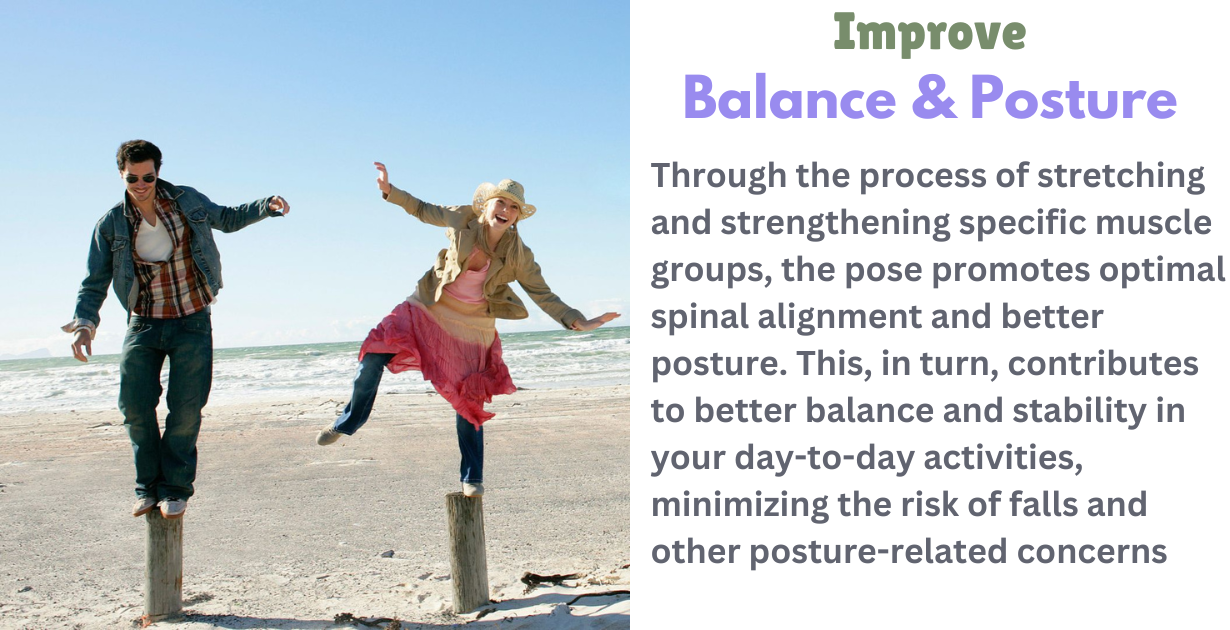
- Through the process of stretching and strengthening specific muscle groups, the pose promotes optimal spinal alignment and better posture.
- This, in turn, contributes to better balance and stability in your day-to-day activities, minimizing the risk of falls and other posture-related concerns.
- With so many “Uttamangasana Benefits”, this position is essential for strengthening digestion, flexibility, strength, mental clarity, and posture. Including this pose in your yoga practice can improve your physical and emotional health tremendously.
Conclusion:
The “Uttamangasana Benefits”, or Head to Knee Pose, are numerous and enhance mental and physical health. This yoga pose strengthens the back and core muscles and improves flexibility by stretching the hamstrings, calves, and spine. By relaxing the mind and lowering tension, it improves mental clarity and facilitates digestion with a light abdominal massage. Frequent practice of Uttamangasana can also help you feel more balanced and centered by enhancing your posture. It also facilitates emotional release, which promotes calmness and inner tranquility. Including Uttamangasana in your practice will improve your mind-body connection.
FAQ:
- For how long can you do Uttamangasana?
You can perform this pose for five to six seconds at first, and then, depending on your strength, you can extend it to five minutes. - What advantages does Uttamangasana offer?
When done correctly, this yoga pose greatly relieves discomfort in the hands and legs’ joints and strengthens the muscles in those areas. - What is the specific “Uttamangasana Benefits” ?
By performing this asana, the internal weakness of the stomach is removed, and the underlying cause of the lung and stomach weakness is also removed. - Which illnesses can be healed by consistently performing this pose?
Frequent practice of Uttamnagasana totally eradicates ailments like asthma and TB. - Who is not allowed to do this asana?
Uttamangasana should not be practiced by people who have had surgery or who have hand or leg bone fractures.

